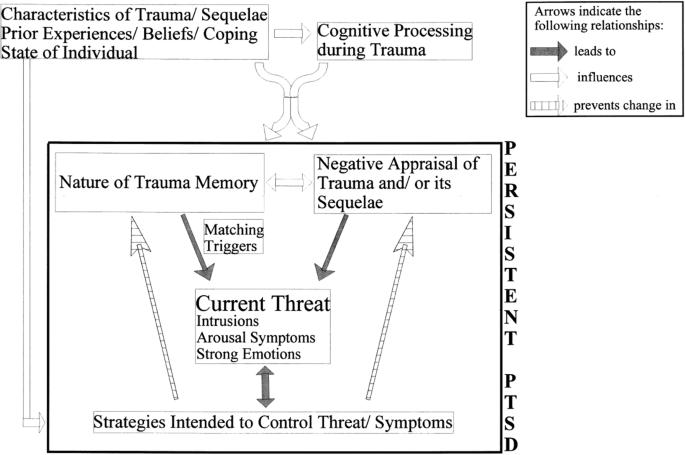A model for secondary traumatic stress following workplace exposure to traumatic material in analytical staff
引用次数: 0
Abstract
Analytical professionals working in criminal justice and in social media companies are exposed to aversive details of traumatic events. Albeit indirect, exposure in these roles is repeated and can be extreme, including exposure to material containing lethal violence, sexual assault, and serious self-harm, leading to post-traumatic stress disorder and Secondary Traumatic Stress reactions. Incorporating relevant empirical research, this article considers the mechanisms that may contribute to post-exposure post-traumatic stress disorder and Secondary Traumatic Stress reactions in these roles. Building on the Ehlers and Clark model, subsequent extensions, and the authors’ experience of working as, and conducting research with, law enforcement professionals, a new model is proposed to explain post-exposure post-traumatic stress disorder/Secondary Traumatic Stress reactions. Analysts in criminal justice and social media companies encounter material including lethal violence, sexual assault, and self-harm. Harnessing established models, research needs to clarify what factors lead to or mitigate PTSD and secondary traumatic stress in these professionals.

分析人员在工作场所接触创伤材料后的继发性创伤应激模型
在刑事司法和社交媒体公司工作的分析专业人员会接触到创伤事件的厌恶细节。尽管是间接接触,但在这些岗位上的接触是重复的,而且可能是极端的,包括接触包含致命暴力、性攻击和严重自残的材料,从而导致创伤后应激障碍和二次创伤应激反应。本文结合相关的实证研究,探讨了在这些角色中可能导致暴露后创伤后应激障碍和二次创伤应激反应的机制。在埃勒斯和克拉克模型、后续扩展模型以及作者作为执法专业人员的工作经验和与执法专业人员一起开展研究的基础上,提出了一个新的模型来解释暴露后创伤后应激障碍/二次创伤应激反应。刑事司法和社交媒体公司的分析人员会遇到包括致命暴力、性攻击和自我伤害在内的材料。利用已建立的模型,研究需要明确哪些因素会导致或减轻这些专业人员的创伤后应激障碍和二次创伤应激反应。
本文章由计算机程序翻译,如有差异,请以英文原文为准。
求助全文
约1分钟内获得全文
求助全文

 求助内容:
求助内容: 应助结果提醒方式:
应助结果提醒方式:


